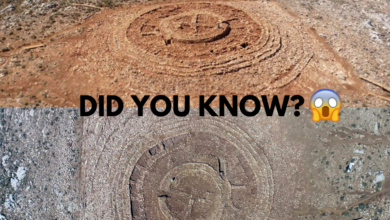Australian Divers JUST Discovered the Longest Deep Sea Creature Ever Found on the Ocean Floor!
Here are some of the strangest and most terrifying animals around the world, highlighting their unique appearance, survival habits, and the threats they face:
1. **Star-nosed mole**:
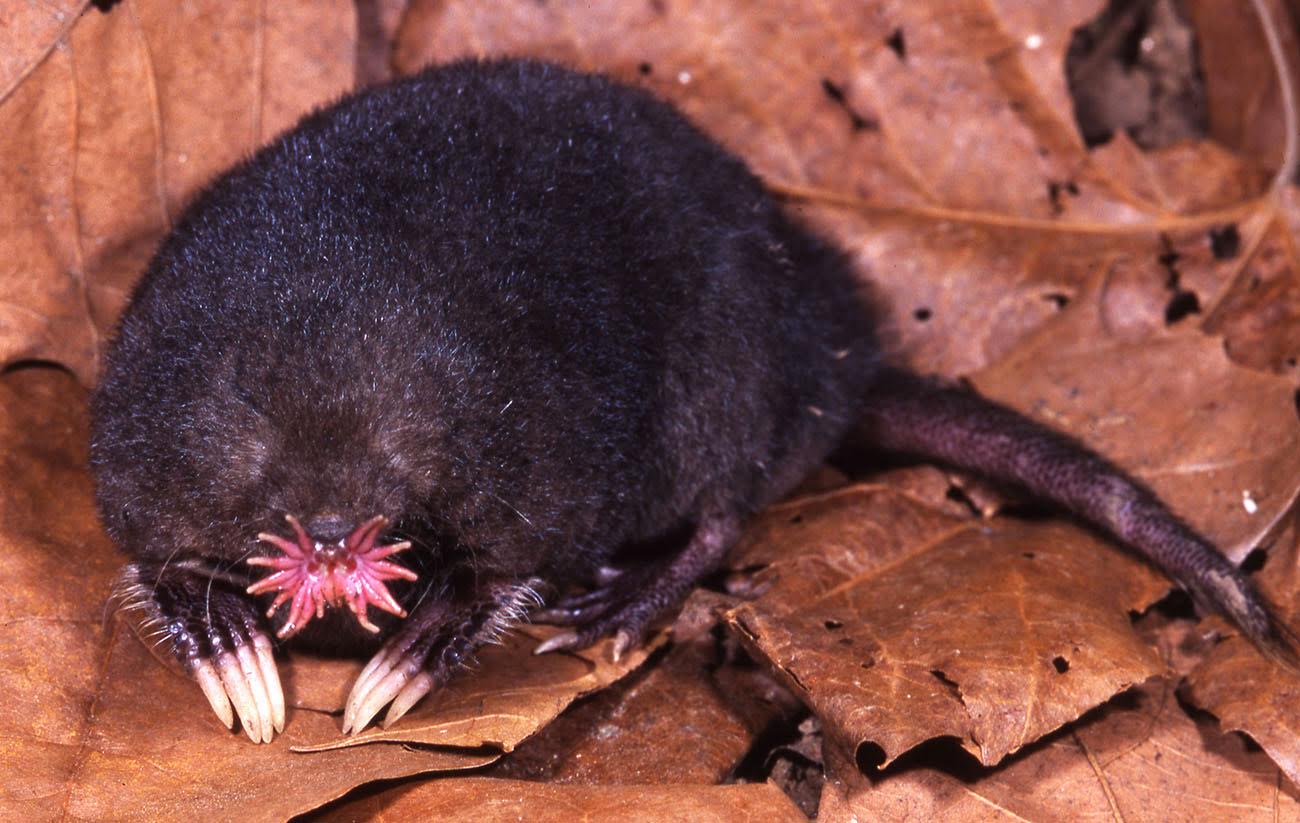 This tiny animal has a star-shaped nose with 100,000 nerve endings, which helps it locate prey in the dark underground environment. It can detect and eat a worm in less than 0.25 seconds, and is one of only two species that can smell underwater.
This tiny animal has a star-shaped nose with 100,000 nerve endings, which helps it locate prey in the dark underground environment. It can detect and eat a worm in less than 0.25 seconds, and is one of only two species that can smell underwater.
2. **Sawfish**:
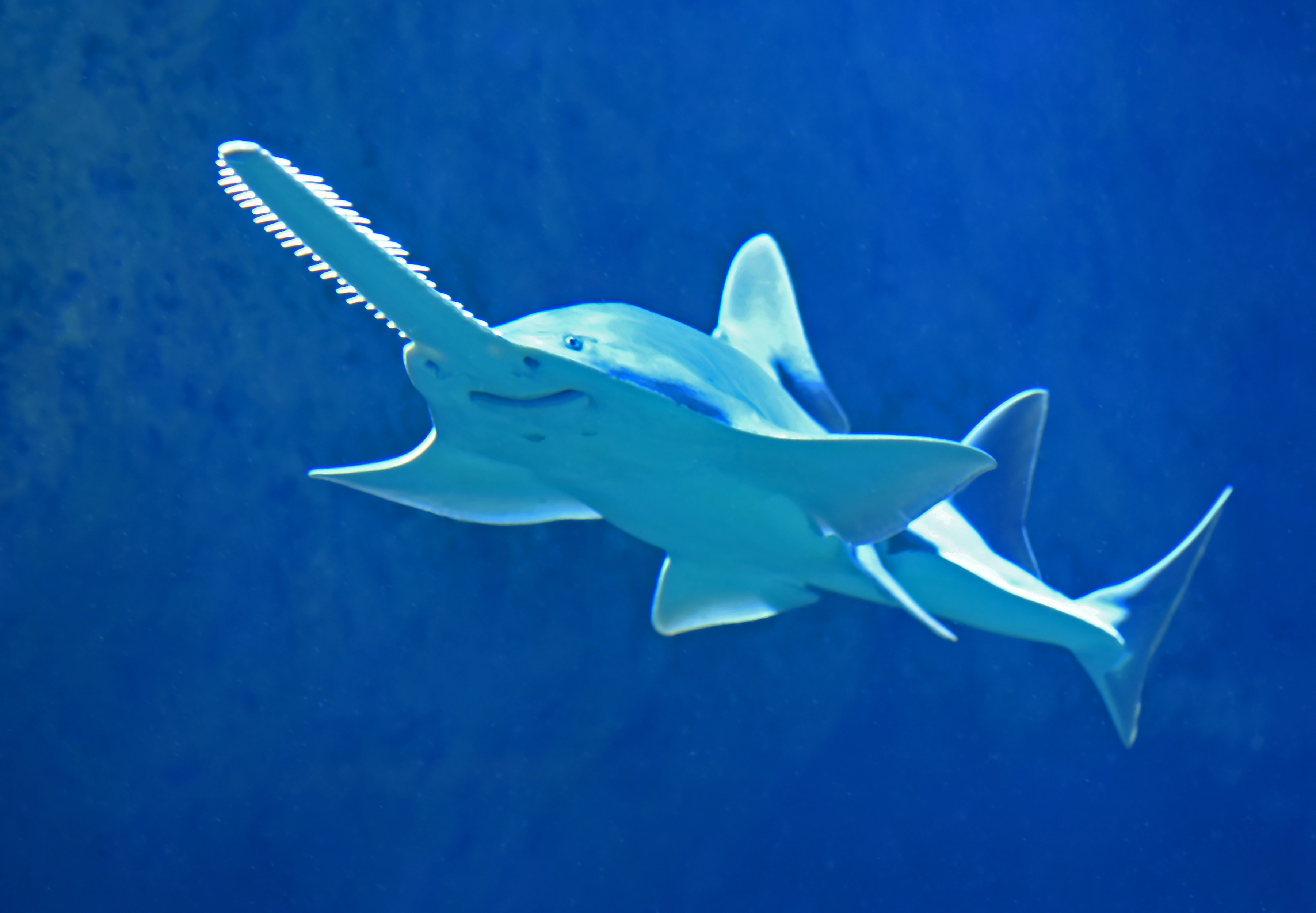
3. **I-I (long-fingered lemur)**:
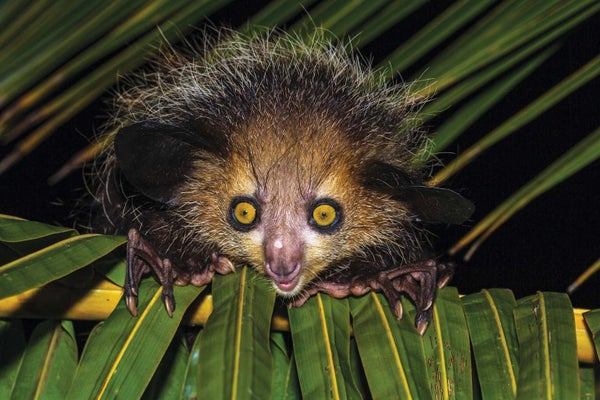
A primate native to Madagascar with an unusually long middle finger used to tap on tree trunks and catch hidden insects. Due to their strange appearance, they are often considered a bad omen by the natives and killed, leading to the risk of extinction.
4. **Pangolin**: Covered in keratin scales similar to human fingernails, pangolins are the only species in the world with this feature. They curl up into a ball when threatened. Pangolins are hunted the most due to the commercial value of their scales and meat, with all eight species listed as endangered.
5. **Yeti crab**:
 This deep-sea crab has soft golden fur on its limbs. Its fur contains bacteria that it can feed on. It was discovered near hydrothermal vents 2,200 m below the Pacific Ocean.
This deep-sea crab has soft golden fur on its limbs. Its fur contains bacteria that it can feed on. It was discovered near hydrothermal vents 2,200 m below the Pacific Ocean.
6. **Goliath Tigerfish**:

A “monster” of the Congo River, this fish has sharp teeth nearly 2.5 cm long, enough to bite prey as large as a 27 kg catfish in half. They are not afraid of crocodiles, and can even hunt small crocodiles, making them the most powerful predatory fish.
7. **Moth Poodle**:
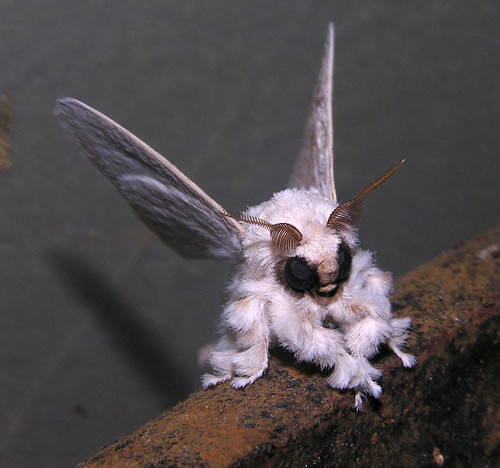
This butterfly looks like a furry alien creature, with large round eyes and soft fur. They are found in the dense forests of Venezuela, but are still a mystery to scientists.
8. **Purple Frog**:
 Lives most of its time underground and only emerges for a few days each year to breed. This frog species is native to the Western Ghats in India and has existed for 100 million years, since the time of the supercontinent Gondwana.
Lives most of its time underground and only emerges for a few days each year to breed. This frog species is native to the Western Ghats in India and has existed for 100 million years, since the time of the supercontinent Gondwana.
This species clings to moss-covered rocks to feed and survive. In some places, their tadpoles are used as medicine, and adults are considered amulets to ward off fear when children face storms. Due to their specific breeding requirements and limited habitat, this species is highly susceptible to environmental changes.
10. **Blue Glaucus:**
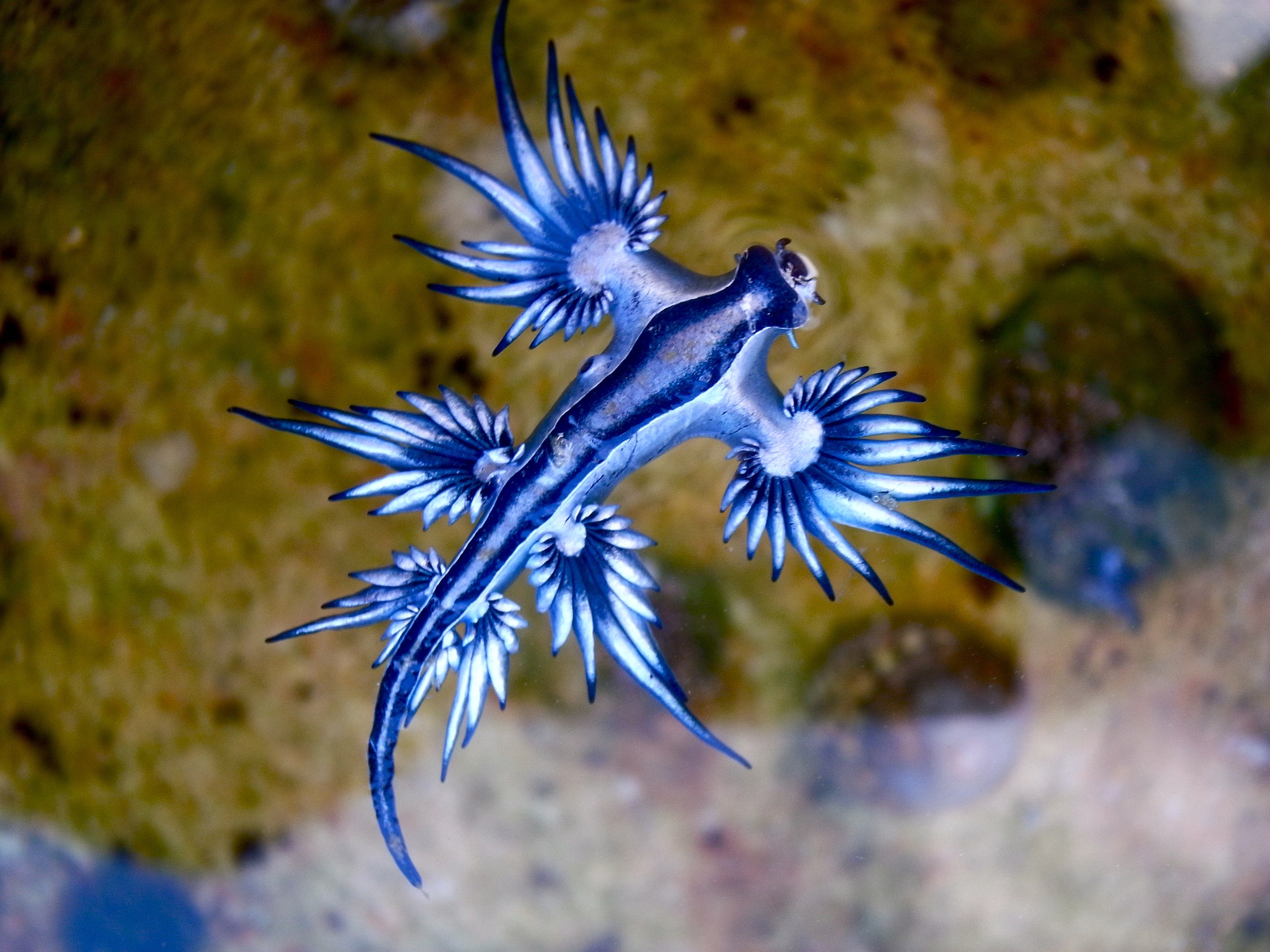 This sea slug absorbs toxins from its prey and stores them in its body for self-defense. It floats on the surface of the water thanks to air bubbles in its abdomen and its bright blue color helps camouflage it. When threatened, it releases toxins that are more powerful than stinging beetles.
This sea slug absorbs toxins from its prey and stores them in its body for self-defense. It floats on the surface of the water thanks to air bubbles in its abdomen and its bright blue color helps camouflage it. When threatened, it releases toxins that are more powerful than stinging beetles.
11. **Grain Leaf Beetle:**

This pest is a major pest of crops, especially wheat. It destroys leaves and stunts plants. Control measures include the use of parasitic wasps, planting disease-resistant rice varieties, and adjusting the planting season to break the insect’s life cycle.
12. **Deep Sea Dragonfish:**
 This species glows with a photobioreactor to attract prey and mates. With large teeth and powerful jaws, they are effective predators in the dark depths.
This species glows with a photobioreactor to attract prey and mates. With large teeth and powerful jaws, they are effective predators in the dark depths.
13. **Blobfish:**
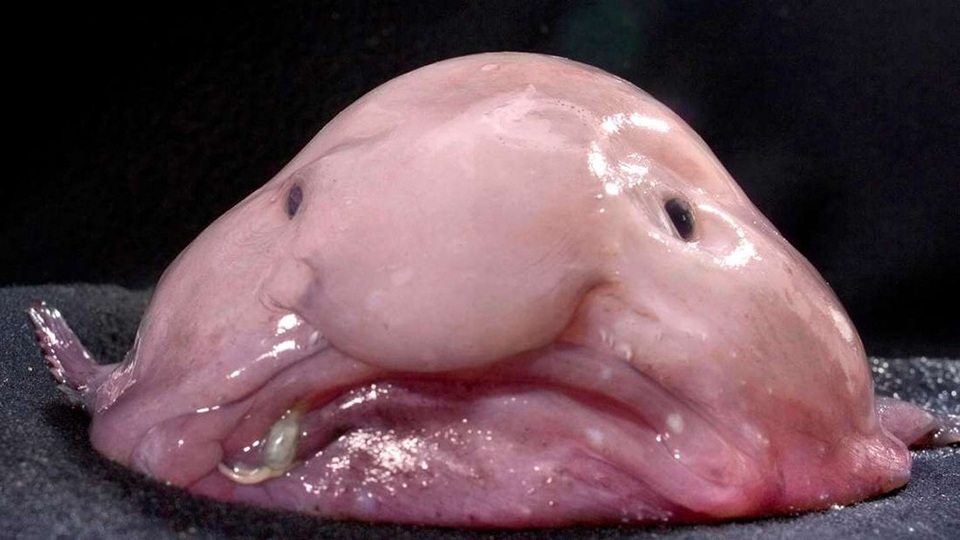 This fish lives at depths of 2,000-4,000 ft, where the pressure is extremely high. With no bones or muscles, they are built to withstand the pressure of the deep sea but appear “sagging” when they are on the surface.
This fish lives at depths of 2,000-4,000 ft, where the pressure is extremely high. With no bones or muscles, they are built to withstand the pressure of the deep sea but appear “sagging” when they are on the surface.
14. **Red-lipped Batfish:**
/cdn.vox-cdn.com/uploads/chorus_asset/file/15835620/red-lipped-batfish.0.0.1465399406.jpg) This species has fins adapted for “walking” on the sea floor. Their bright red lips are used to attract mates. They also have bait-catching organs similar to anglerfish.
This species has fins adapted for “walking” on the sea floor. Their bright red lips are used to attract mates. They also have bait-catching organs similar to anglerfish.
15. **Dumbo Octopus:**
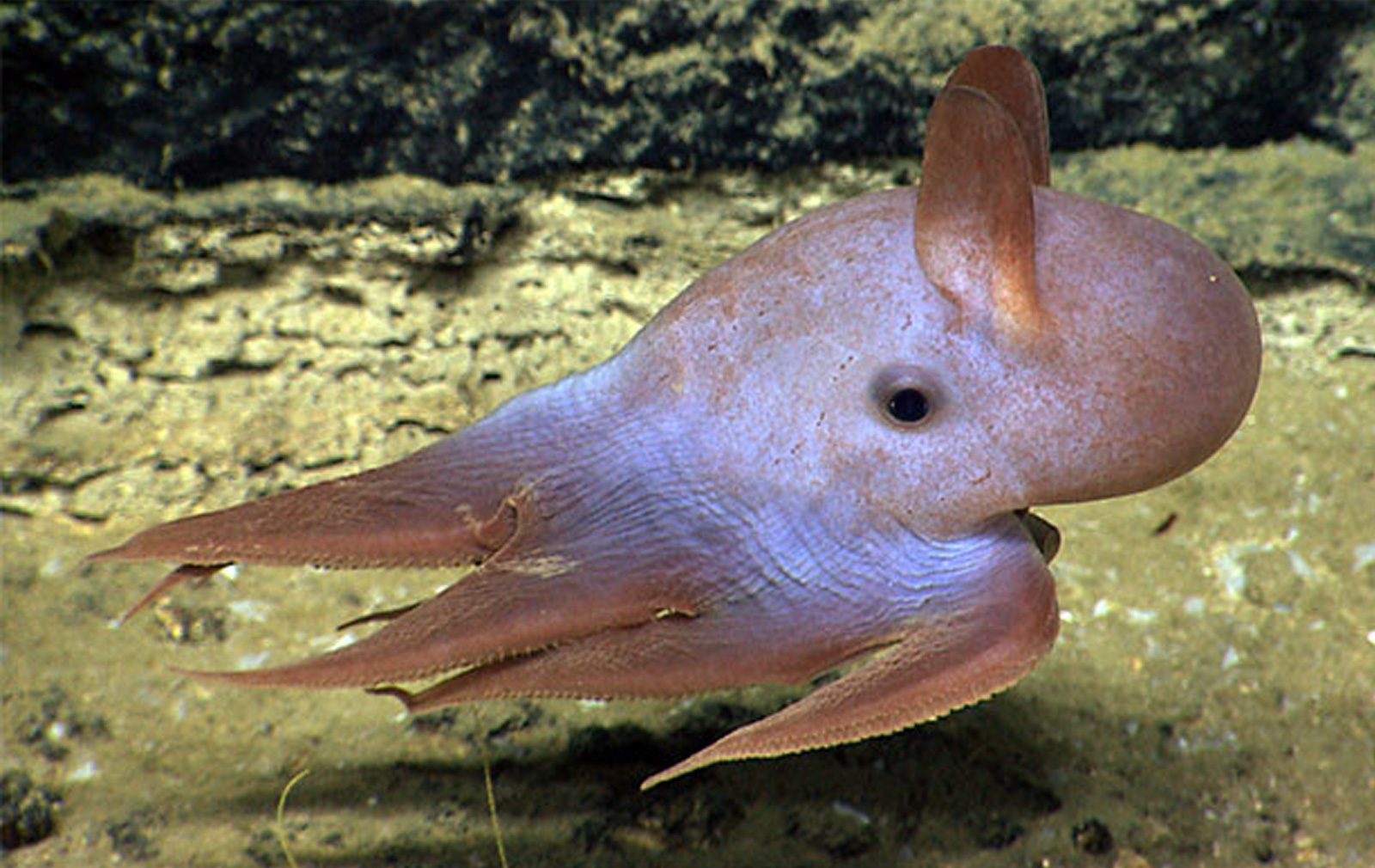 Living at depths of over 13,000 ft, this species has fins similar to Dumbo’s elephant ears and has developed the ability to survive in harsh conditions. They carry their eggs for long periods of time and lay them when the environment is favorable.
Living at depths of over 13,000 ft, this species has fins similar to Dumbo’s elephant ears and has developed the ability to survive in harsh conditions. They carry their eggs for long periods of time and lay them when the environment is favorable.
16. **Giant Isopod:**
 The largest crustacean, they live in the deep sea and feed on dead bodies to recycle organic matter. Isopods can fast for years, shrinking their digestive systems to conserve energy.
The largest crustacean, they live in the deep sea and feed on dead bodies to recycle organic matter. Isopods can fast for years, shrinking their digestive systems to conserve energy.
17. **Goblin Shark:**
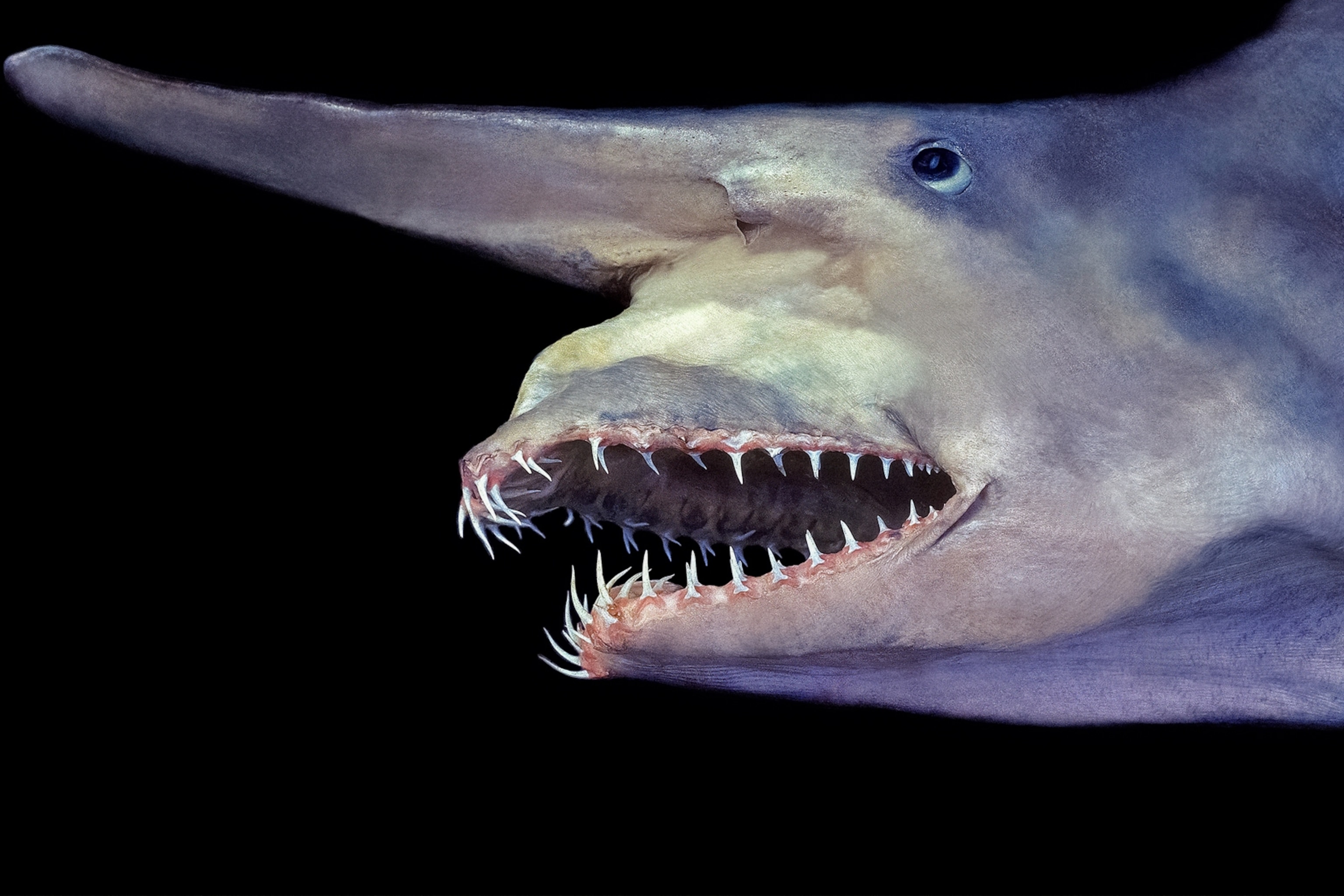 These sharks have fast-protruding jaws to catch prey, sharp teeth to hold slippery prey. They swim slowly and lurk to ambush prey at depths of over 4,000 ft.
These sharks have fast-protruding jaws to catch prey, sharp teeth to hold slippery prey. They swim slowly and lurk to ambush prey at depths of over 4,000 ft.
Each species has unique characteristics and strange adaptations to survive in harsh environments.





